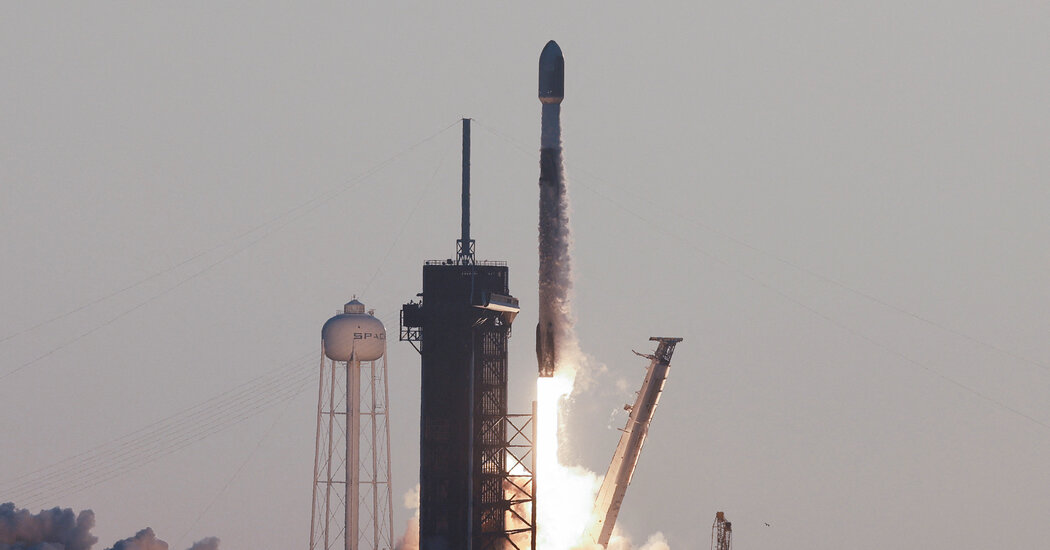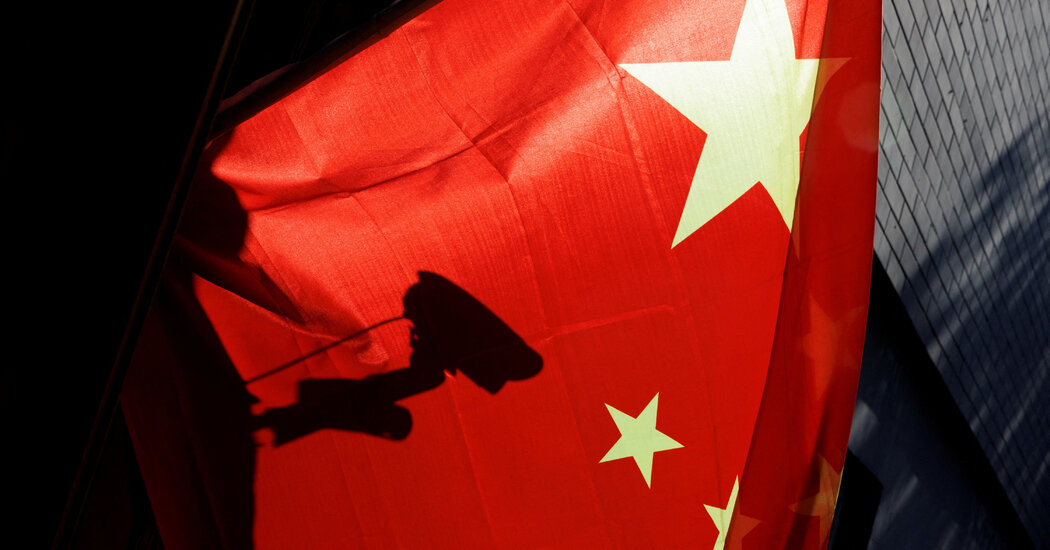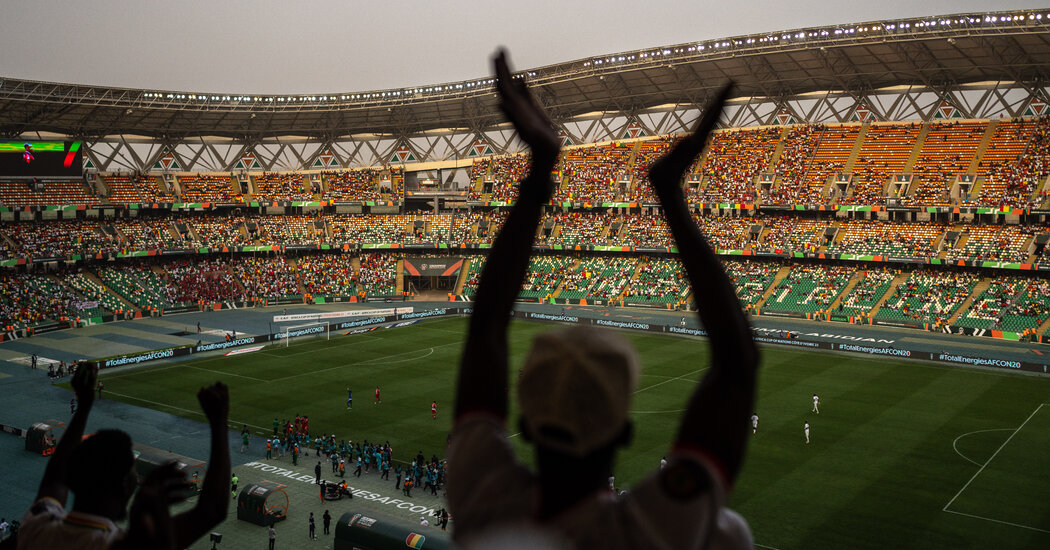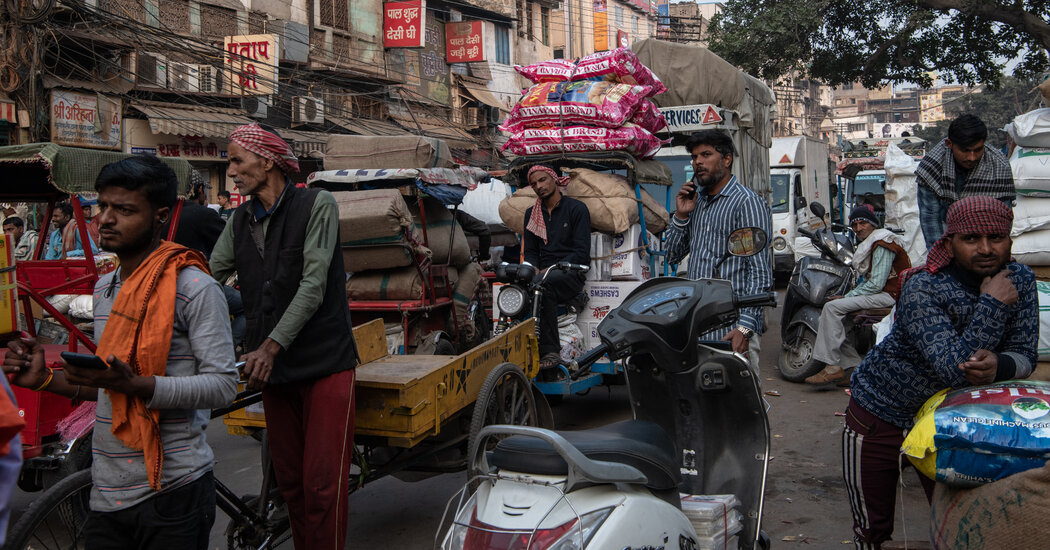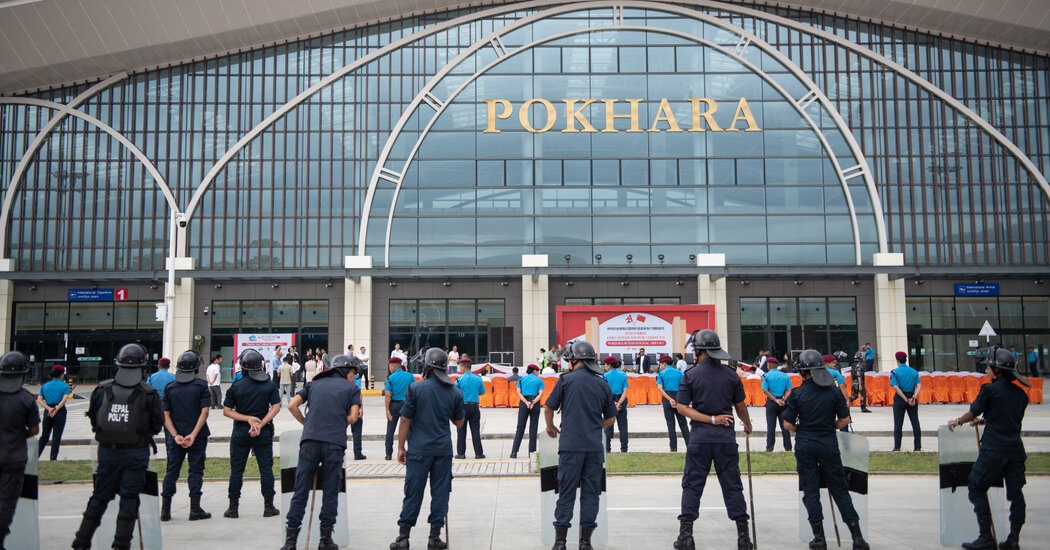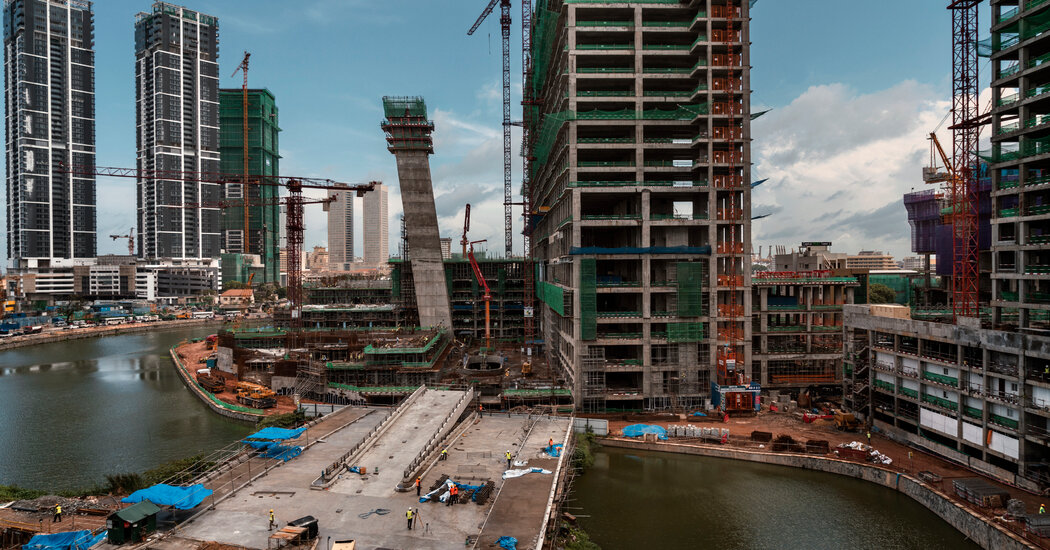From the top of the government, China is heavily promoting a plan to fix the country’s stagnant economy and offset the harm from a decades-long housing bubble. The program has a fresh slogan, presented foremost by Xi Jinping, the country’s top leader, as “new, quality productive forces.” But it has features that are familiar from China’s economic playbook: The idea is to spur innovation and growth through massive investments in manufacturing, particularly in high-tech and clean energy, as well as robust spending on research and development. And there have been…
Tag: Infrastructure (Public Works)
Taiwan Is Building a Satellite Network Without Elon Musk
In Taiwan, the government is racing to do what no country or even company has been able to: build an alternative to Starlink, the satellite internet service operated by Elon Musk’s rocket company, SpaceX. Starlink has allowed militaries, power plants and medical workers to maintain crucial online connections when primary infrastructure has failed in emergencies, such as an earthquake in Tonga and Russia’s invasion of Ukraine. Officials in Taiwan face constant reminders that its communication infrastructure must be able to withstand a crisis. The island democracy sits 80 miles from…
As China Expands Its Hacking Operations, a Vulnerability Emerges
The Chinese hacking tools made public in recent days illustrate how much Beijing has expanded the reach of its computer infiltration campaigns through the use of a network of contractors, as well as the vulnerabilities of its emerging system. The new revelations underscore the degree to which China has ignored, or evaded, American efforts for more than a decade to curb its extensive hacking operations. Instead, China has both built the cyberoperations of its intelligence services and developed a spider web of independent companies to do the work. Last weekend…
China Keeps Building Stadiums in Africa. But at What Cost?
The Alassane Ouattara stadium rises like a piece of sculpture from the dusty brown earth north of Ivory Coast’s largest city, its undulating roof and white columns towering over the empty landscape like a spaceship that has dropped onto a uninhabited planet. On Sunday, the three-and-a-half-year-old stadium will host its signature moment, when the national soccer teams of Ivory Coast and Nigeria compete in the final of Africa’s biggest sporting event, in front of tens of thousands of fans chanting and cheering in a stadium financed and built by China.…
Blinken Touts U.S. Investments in Angola
Secretary of State Antony J. Blinken wrapped up a four-nation tour through Africa on Thursday with a visit to Angola, an oil-rich former Cold War battleground that has become the site of a struggle for 21st-century economic influence. During his visit to the coastal capital, Luanda, Mr. Blinken spotlighted major American investments in Angola, including more than $900 million for solar energy projects and $250 million to upgrade a rail corridor that carries critical minerals, including cobalt and copper, from central Africa to Angola’s Atlantic port of Lobito. Those solar…
China’s GDP Grew in 2023, but Economic Strains Lurk
Car production set records in China last year. Restaurants and hotels were increasingly full. Construction of new factories surged. Yet China’s economic strengths conceal weaknesses. Deep discounts helped drive car sales, particularly for electric cars. Diners and travelers chose cheaper dishes and less expensive hotels. Many factories ran at half capacity or less because of weak demand inside China, and are working to export more to make up for it. China’s economy grew 5.2 percent last year as it rebounded from nearly three years of stringent “zero Covid” pandemic control…
Indian Stocks Are Booming. Why Is Long-Term Investment Lagging?
India’s economy is booming. Stock prices are through the roof, among the best performing in the world. The government’s investment in airports, bridges and roads, and clean-energy infrastructure is visible almost everywhere. India’s total output, or gross domestic product, is expected to increase 6 percent this year — faster than the United States or China. But there’s a hitch: Investment by Indian companies is not keeping pace. The money that companies put into the future of their businesses, for things like new machines and factories, is stagnant. As a fraction…
Tiny Electric Vehicles Pack a Bigger Climate Punch Than Cars
In Darbhanga, a new acid-battery rickshaw, like the one Mr. Rai drives, sells for around 175,000 rupees, or $2,100. That’s half the price of a new rickshaw powered by natural gas. Charging the battery costs 20 rupees (25 cents), one-fourth of the price of filling a gas tank. The rebates seem to be working. Reliance Industries, India’s biggest company, is converting its three-wheeled cargo vehicles from gas to electric. Food delivery services are going electric as quickly as possible. Chetan Maini, whose company Sun Mobility builds charging infrastructure, said business…
Nepal Is Investigating New Airport Made by China
As developing countries weigh the consequences of borrowing heavily from China for major infrastructure projects, anti-corruption officials in Nepal have begun an investigation into a flagship airport financed and built by Chinese state-owned companies. Nepal’s $216 million international airport in Pokhara, the country’s second-biggest city, opened in January. China agreed to provide loans to build the airport more than a decade ago. Nepal tapped China CAMC Engineering, the construction arm of a state-owned conglomerate, Sinomach, as the contractor. The airport has failed to attract any regular international flights, raising concerns…
China Is Lending Billions to Countries in Financial Trouble
After lending $1.3 trillion to developing countries, mainly for big-ticket infrastructure projects, China has shifted its focus to bailing out many of those same countries from piles of debt. The initial loans were mostly part of the Belt and Road Initiative, which Xi Jinping, China’s top leader, started in 2013 to build stronger transportation, communications and political links in more than 150 countries. But now the two main Chinese state banks that provided most of the infrastructure loans have reduced their new lending. Rescue loans climbed to 58 percent of…

